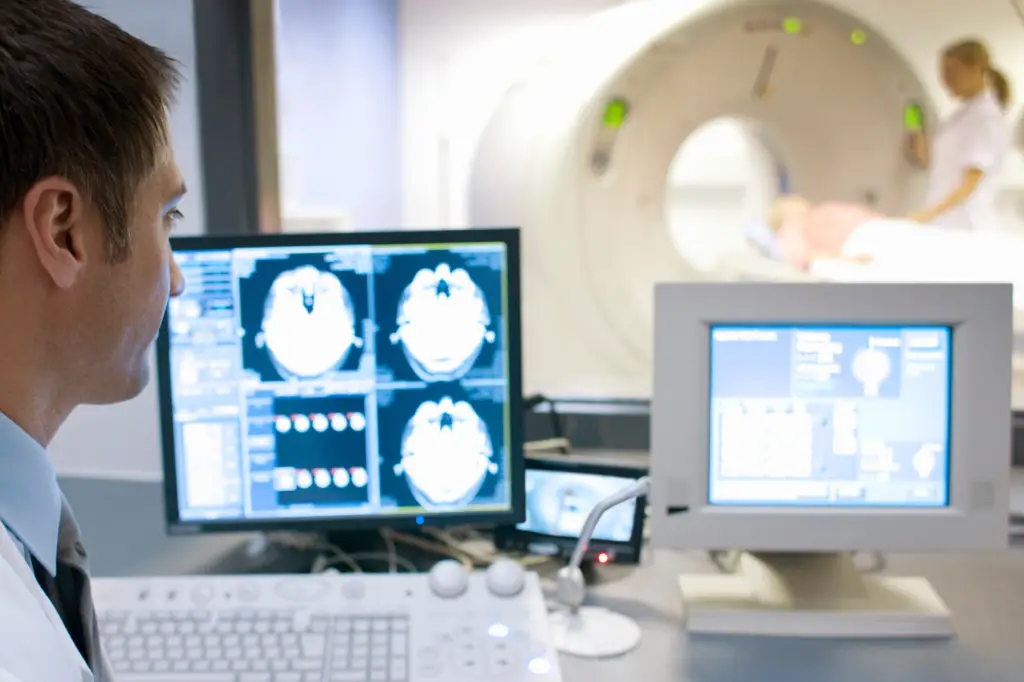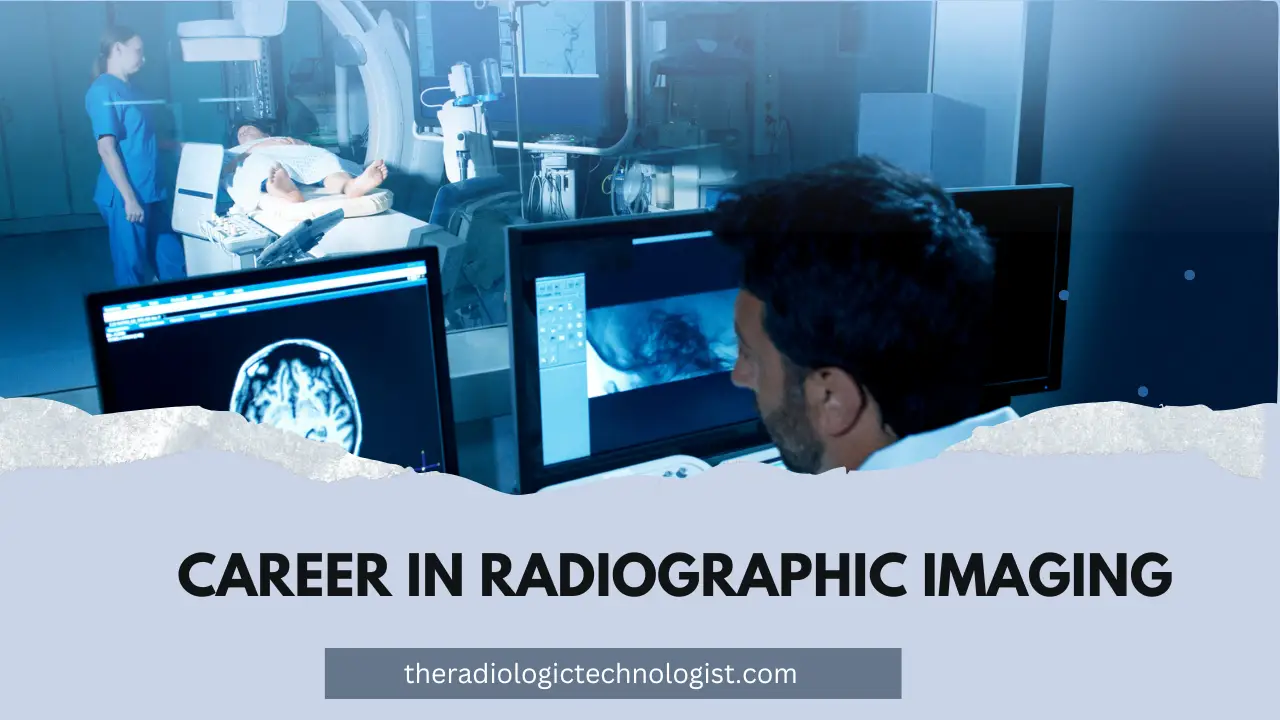If you’re considering a career in radiographic imaging, gaining insights from industry insiders can provide invaluable guidance.
Radiographic imaging is a dynamic and evolving profession offering diverse opportunities and challenges.
Benefits of a Career in Radiographic Imaging
Like any other medical profession, radiography offers a vast range of prospects. It presents unique growth and learning opportunities, including career advancement into supervisory roles or specialisations within the field.
For instance, some radiographers have successfully transitioned into specialised areas like Magnetic Resonance Imaging (MRI).
Despite this, some insiders have noted fewer opportunities for career advancement in radiography compared to nursing. However, the love for the job often compensates for this limitation.
Furthermore, the level of satisfaction derived from a job in radiography is subjective and varies from individual to individual.
Pay Scale and Earning Potential
While nursing might offer a higher earning potential, radiography also provides competitive salaries.
For instance, a coordinator of a large breast centre could reportedly earn close to $80,000 annually.
However, she pointed out that the salaries for standard radiographic technologists were considerably lower.
This disparity indicates that while radiography can offer good earning potential, income often correlates with the level of responsibility and the area of specialisation within the field.
Time and Investment
One significant advantage of a career in radiography over nursing is the shorter period of training required.
This shorter period allows individuals to start working and gaining professional experience more quickly.
Despite the possible disparities in pay, the combination of job satisfaction, shorter training time, and potential for growth makes radiography an appealing choice for many.
The Challenges in Radiography
While radiography can be rewarding, it has its challenges. Some individuals have expressed dissatisfaction with the long working hours, lack of respect, and disparities in pay.
Despite these obstacles, many professionals still find their passion for the work compensatory.
As such, weighing the potential challenges against the benefits is essential when considering this career path.

Re-entry into the Field
The path can be intimidating for those considering re-entry into the field after a hiatus. However, many resources are available to support such transitions.
Online refresher courses and study guides can provide the needed tools to pass the necessary examinations and regain certification.
Conclusion: Weighing the Pros and Cons
Evaluating the potential benefits and drawbacks is crucial if you’re contemplating a career in radiographic imaging.
A career in this field can offer numerous opportunities, including the ability to specialise, competitive salaries, and a range of work environments.
Simultaneously, potential challenges such as long working hours, limited respect, and lower starting salaries compared to other medical professions should also be considered.
Remember, the right career choice depends on individual interests, career goals, and personal circumstances.
By carefully weighing these factors, you can make an informed decision about whether a career in radiographic imaging aligns with your professional objectives.

